Category: Images
-
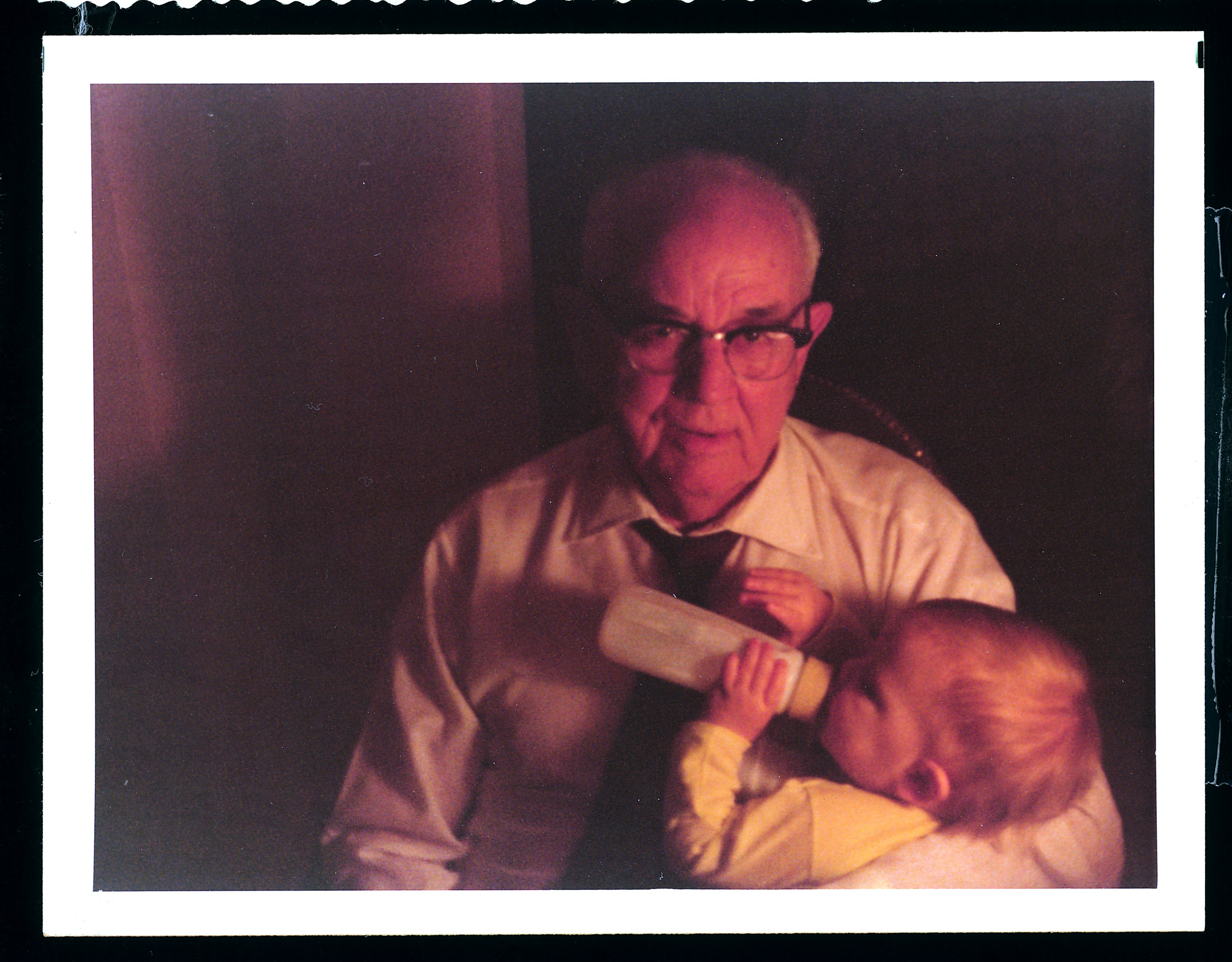
A Mormon Image: Apostle and Grandfather
Elder Spencer W. Kimball holding a grandchild, circa 1972 (Courtesy of Ed Kimball)
-

A Mormon Image: Never Too Old for Trunk or Treat
As I dressed my 3 year old in her Halloween costume for the ward trunk or treat, she asked “and mom, what are you going to be?” Oh, I’m too old for this stuff, I thought. Then as we walked in that night, I saw this 70 year-old clown and realized, we’re never too old…
-
-
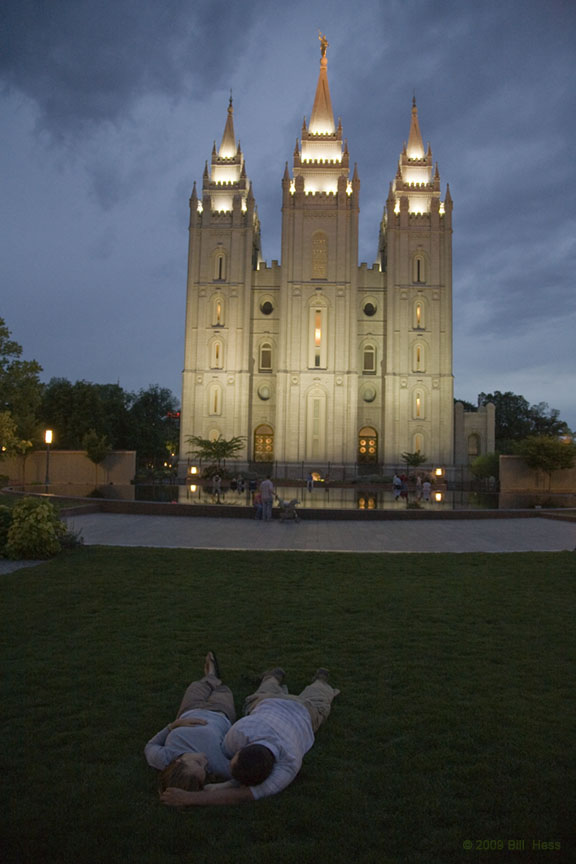
A Mormon Image: Temple Lovers
The night after we buried my mother, in a hill at the foot of the Wasatch from where her second favorite temple can be seen. Her favorite was Logan, where she was sealed to my father, who would soon follow her to the grave.
-
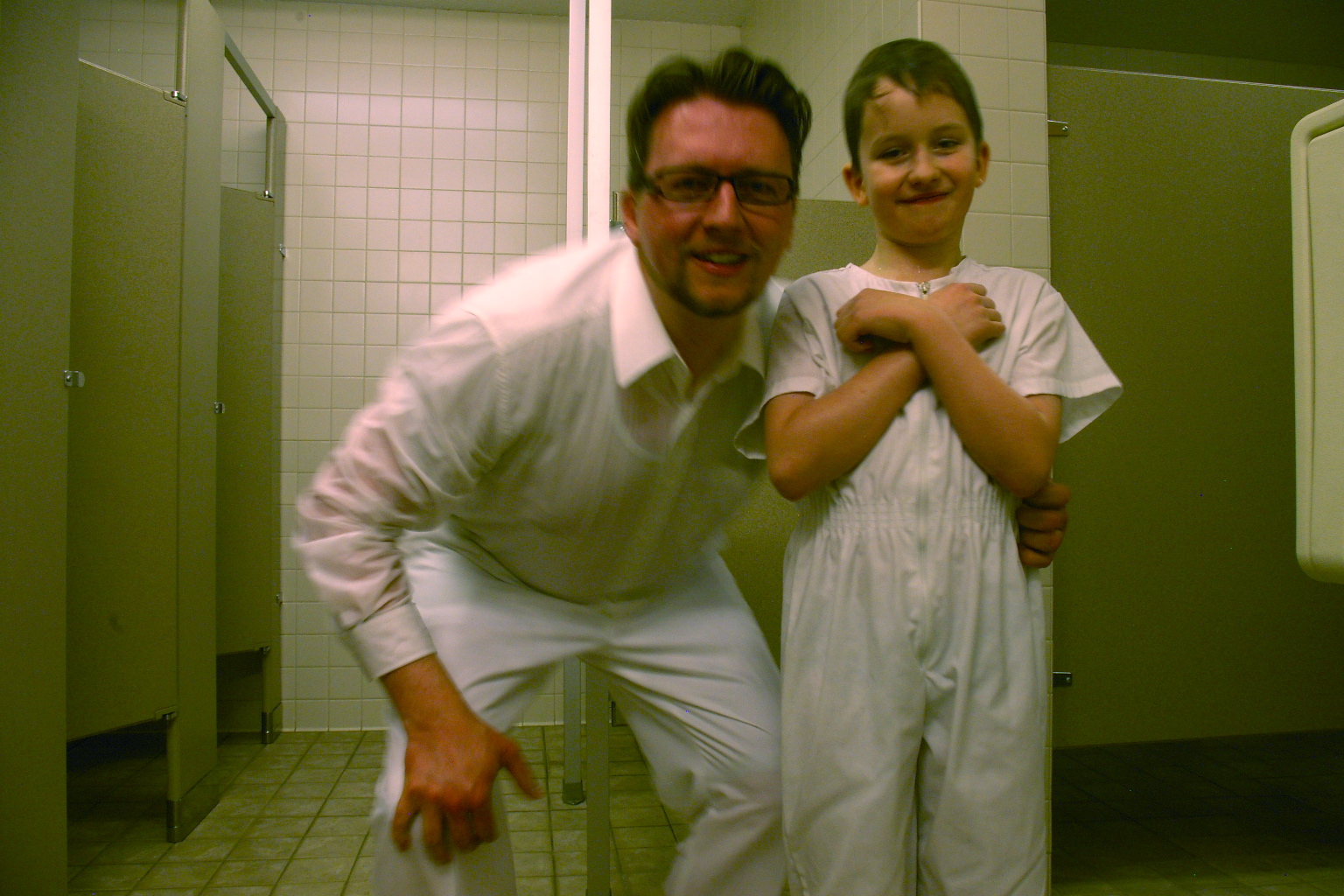
A Mormon Image: Elijah
The most recent baptism in our family. I wish I had a similar photo of our daughter, but, of course, I wasn’t in the change room with her.
-

-

A Mormon Image: Grandparents
This photo was taken the week before we moved across the country and left all of our family back home. Just a warm summer evening, feeding the ducks with Grandma and Grandpa, and enjoying the experience. I never understood why people said it was great to be a grandparent, until I became a parent myself. …
-
A Mormon Image: Joy On A Cattle Truck
This is a group of mostly single Latter-day Saints from D.C. and elsewhere who are on their way to volunteer in a remote Guatemalan village in the Polochic Valley– one of the poorest in the world. Many of the villagers from this area are themselves Latter-day Saints. The volunteer work done be this group consisted…
-

A Mormon Image: Sweaters for the Penguins
The sweaters that these penguins are wearing are designed to save their lives after oil spills off of the Australian coast. They were knitted by Aussie Relief Society sisters. Who says that LDS service projects aren’t fun? (And as Nate asked last time: Who got to put them on the penguins?) (Picture courtesy of LDS…
-
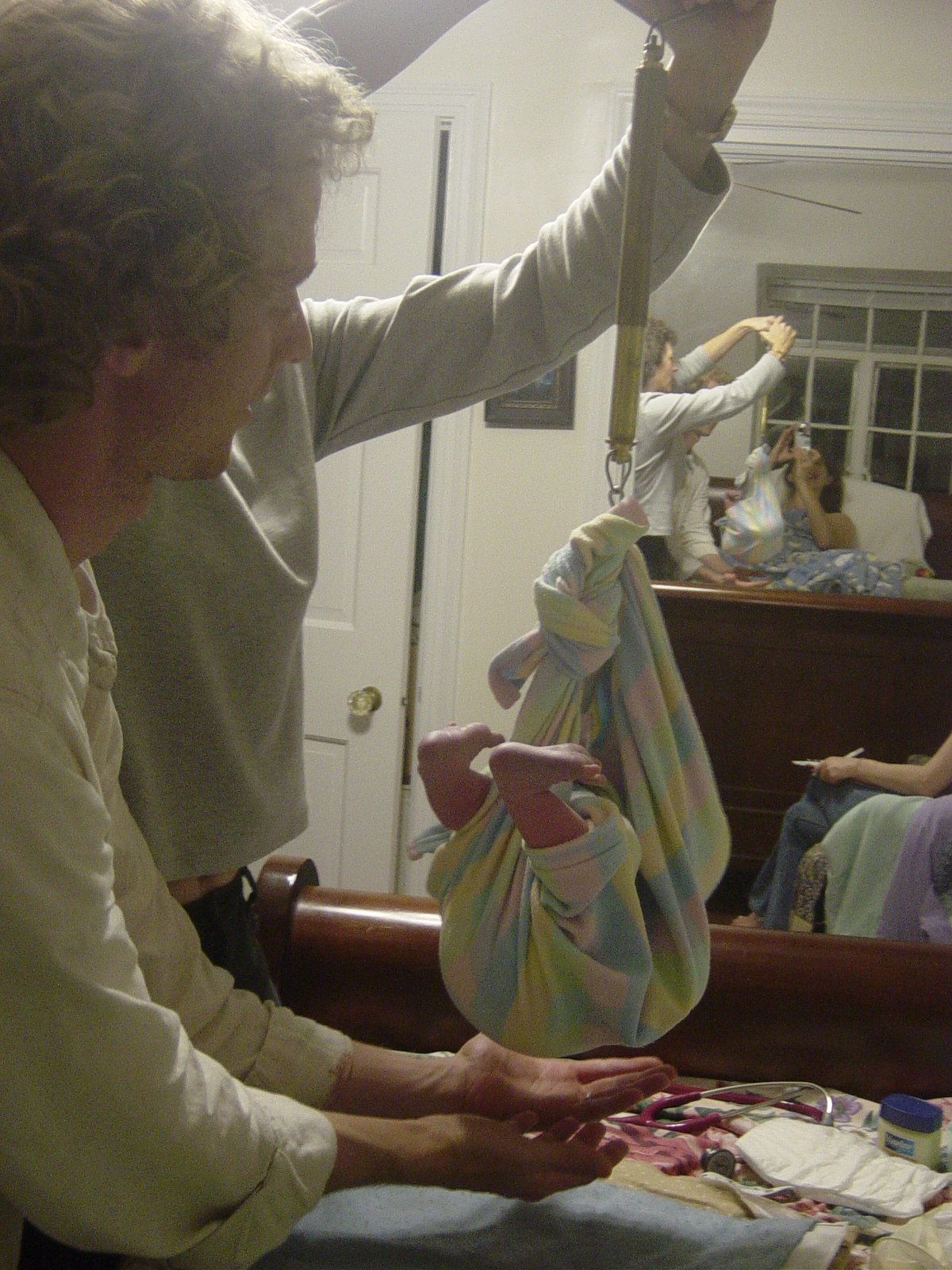
A Mormon Image: Weighing Eternity
An oft-quoted passage from our Bible Dictionary states that “only the home can compare with the temple in sacredness.” This statement has been concretely validated in the birth of our children. No experience I have ever had has compared in holiness with our experiences of welcoming our children into this world and into our home.…
-
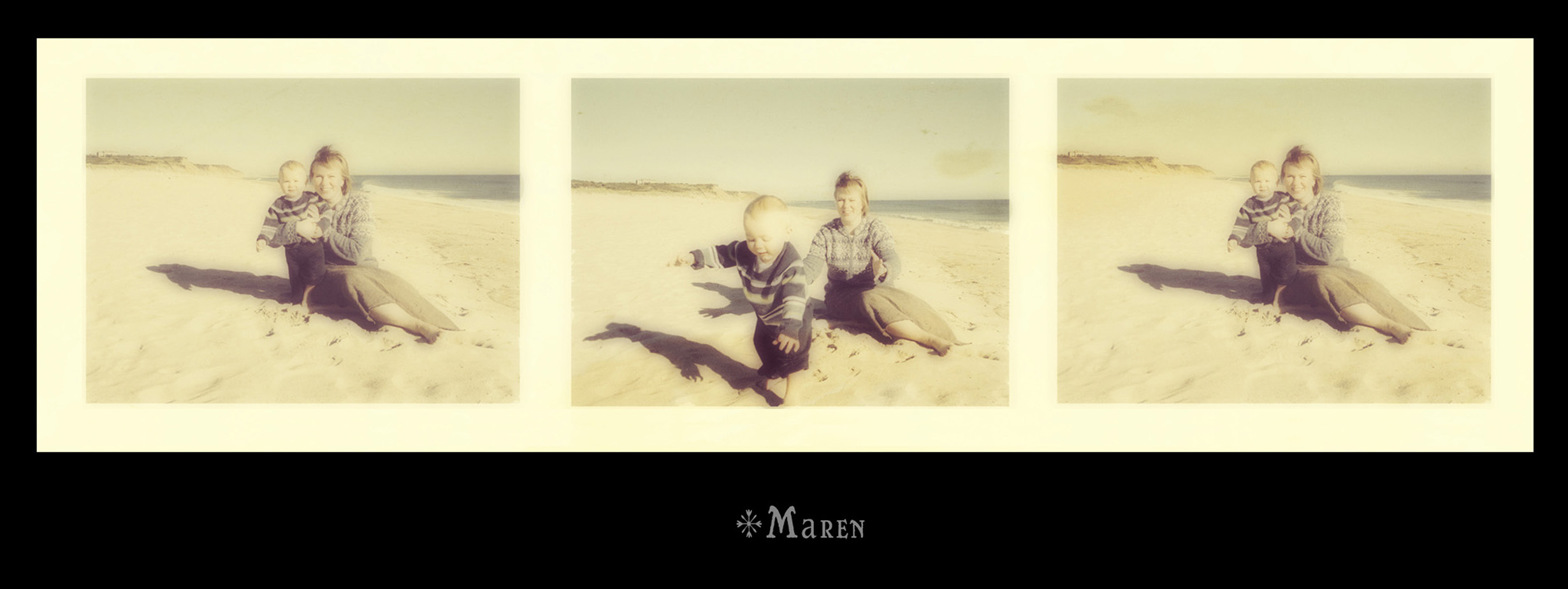
Letting Go
Thanks so much for all the fun. Before departing, I leave this layered perspective on parenthood and then return you to your regular T&S, already in progress.
-
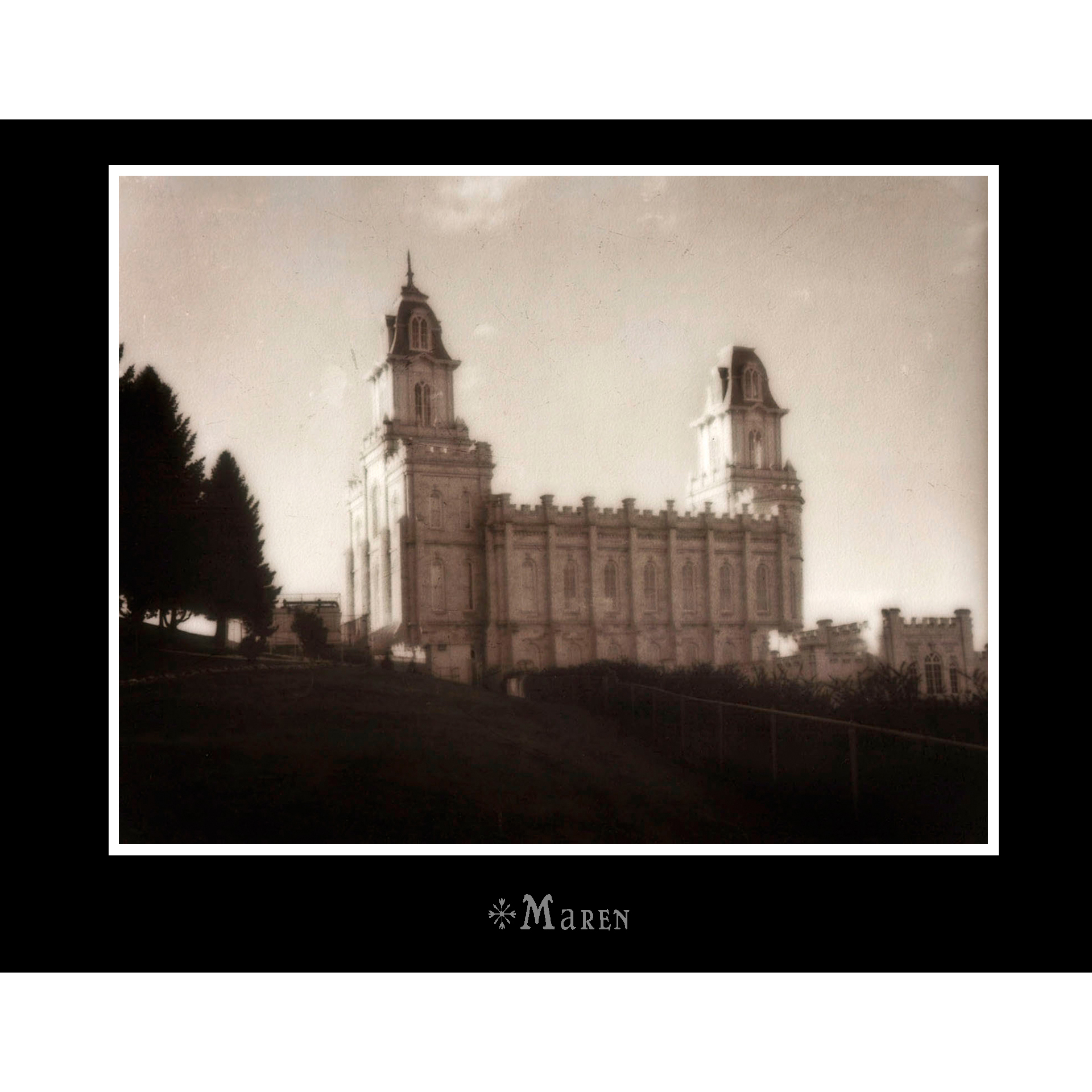
Sacred Spaces, Holy Ground
We, the children of our Heavenly Father, naturally make places where we can draw closer to Him. Almost all of us do it- in some way- all over the world. The thoughts and efforts we put into these holy places reflect our theology, values, hopes and desires.
-
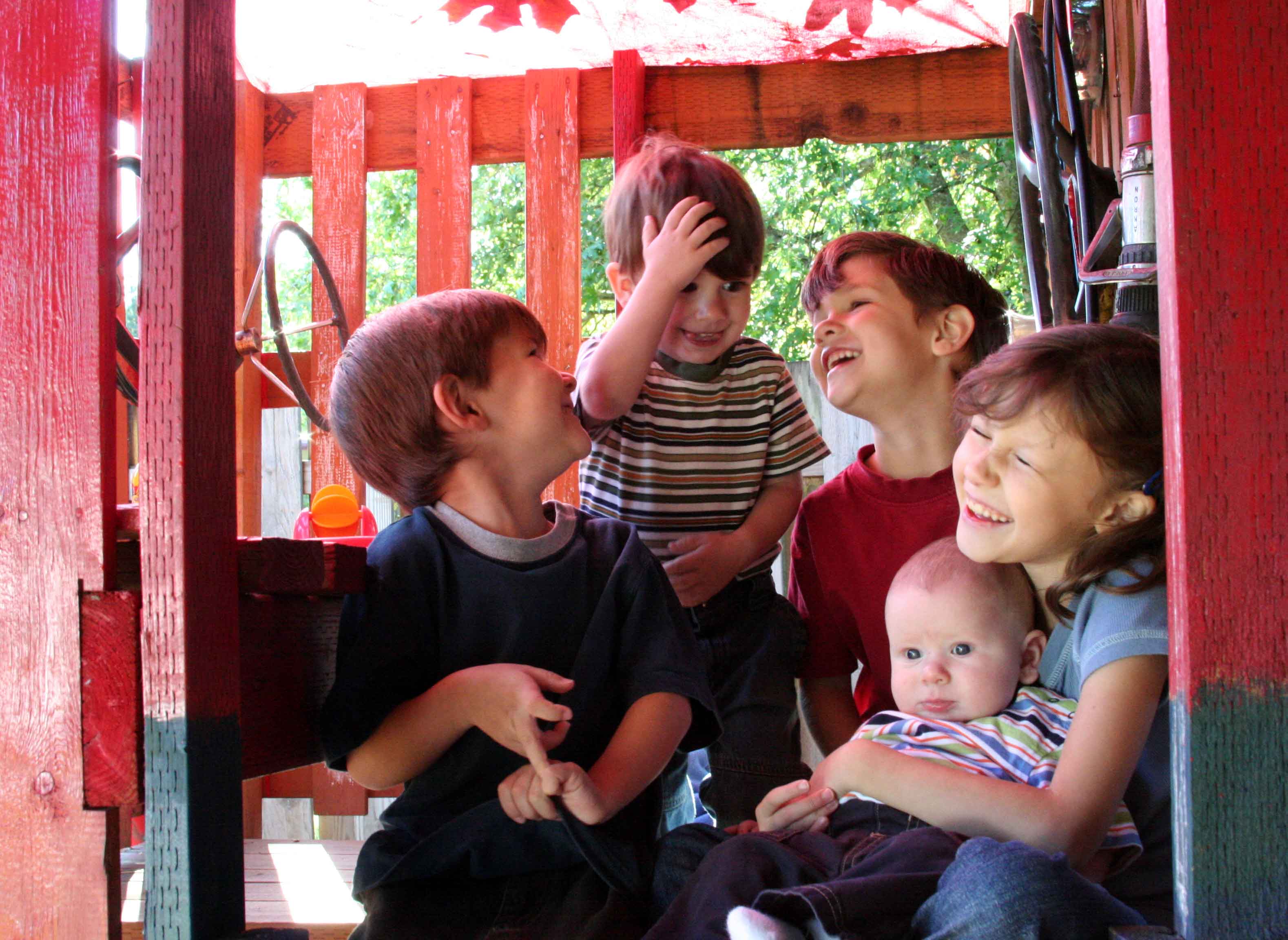
A Mormon Image: Smiles
“…make the world a better place by smiling all the while.” (Primary Song #267) From the author of salt lake architecture and green mormon architect blogs.
-
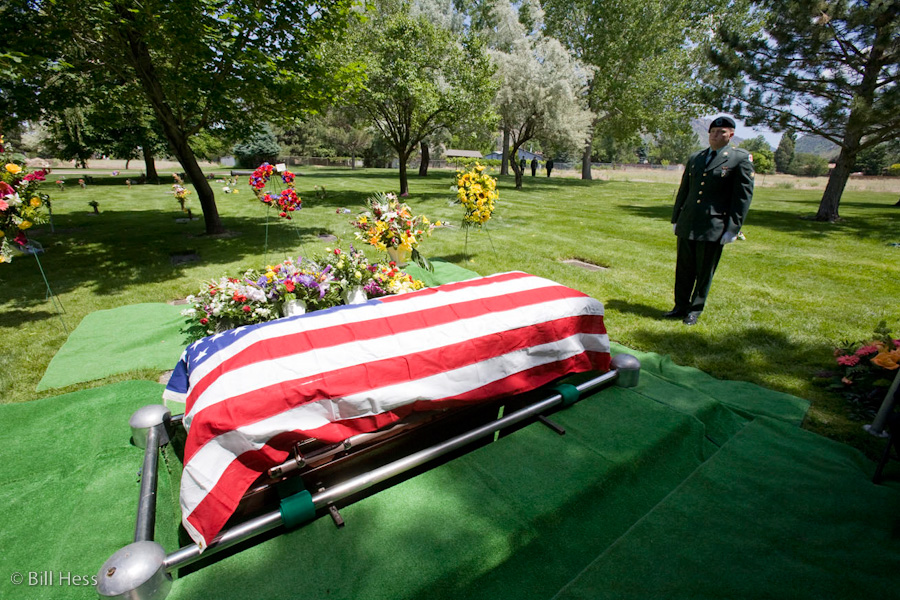
A Mormon Image: Memorial
from Bill of Wasilla, who writes: Dad is the man who lies in this flag-draped coffin. I will not say too much about him for now, except that he was a good father and that, thanks to him, and many more like him, most of them gone now, the evil dream of a man named…
-
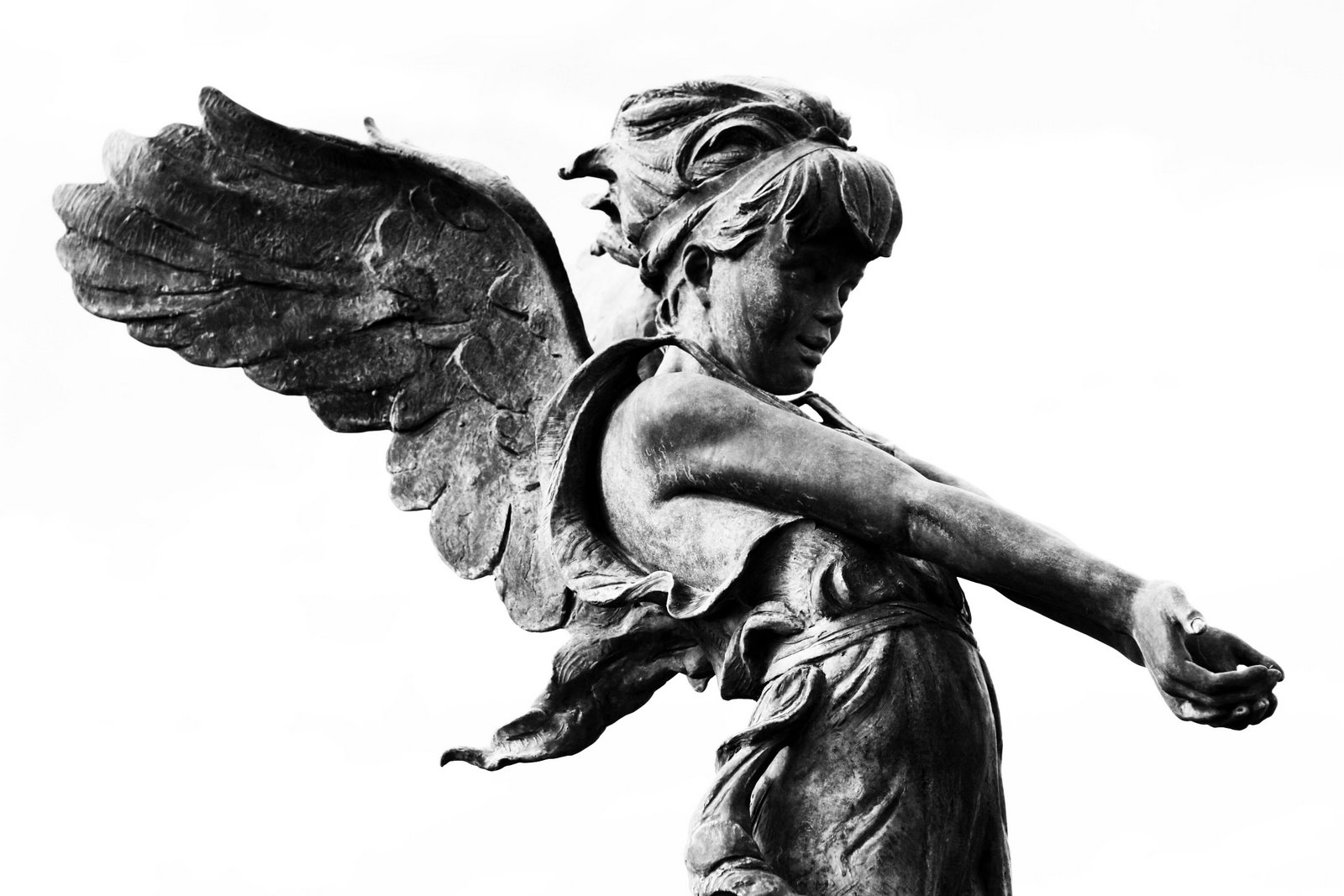
A Mormon Image: Guardian Angel
This is a statue of an angel in the cemetery where my first baby is burried. I like that she’s smiling. Death is heartbreaking but it’s not only sad. I am also filled with hope when I think about my son. He is alive and happy and we can be an eternal family. It has…
-
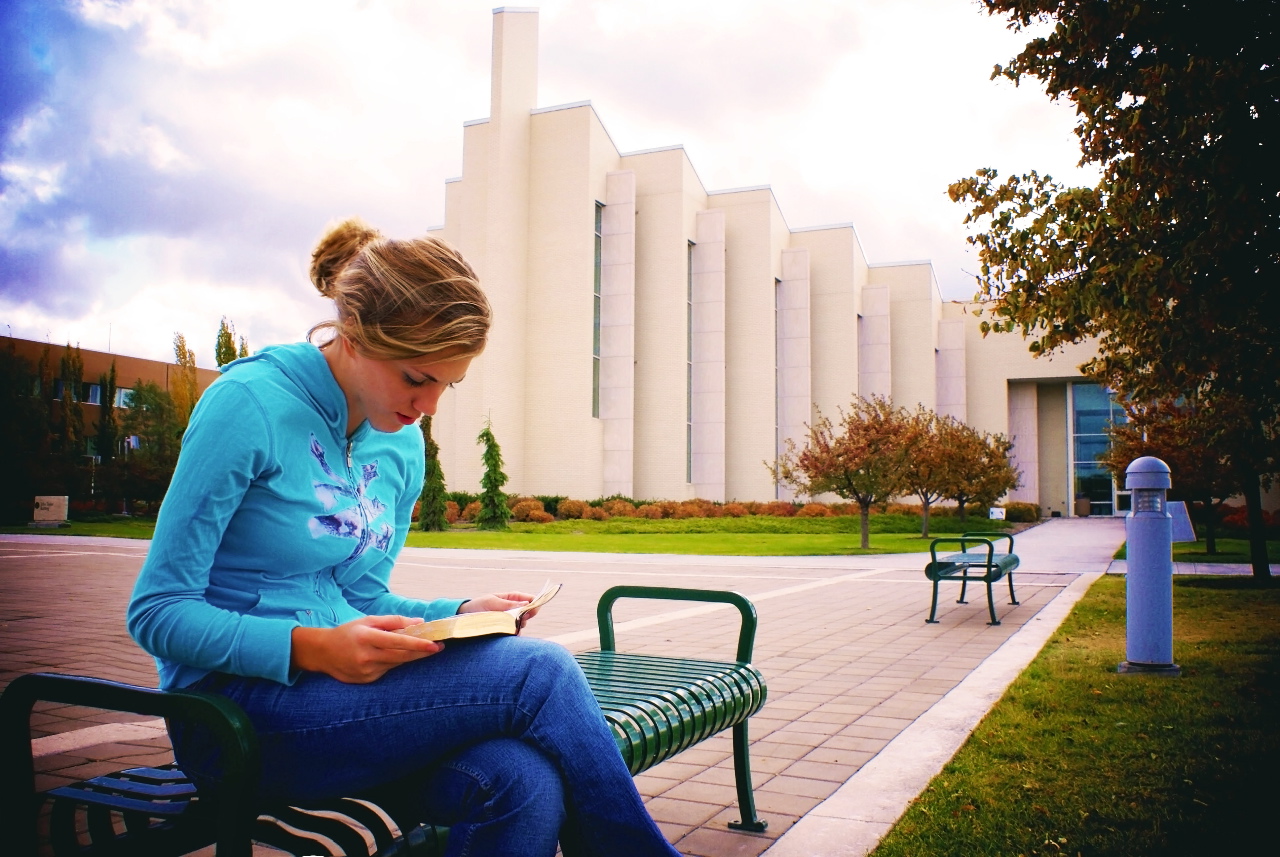
A Mormon Image: House of Learning
My sister studies outside the John Taylor building on the campus of Brigham Young University- Idaho. “..seek learning, even by study and also by faith.” D&C 88:118 by Blake
-
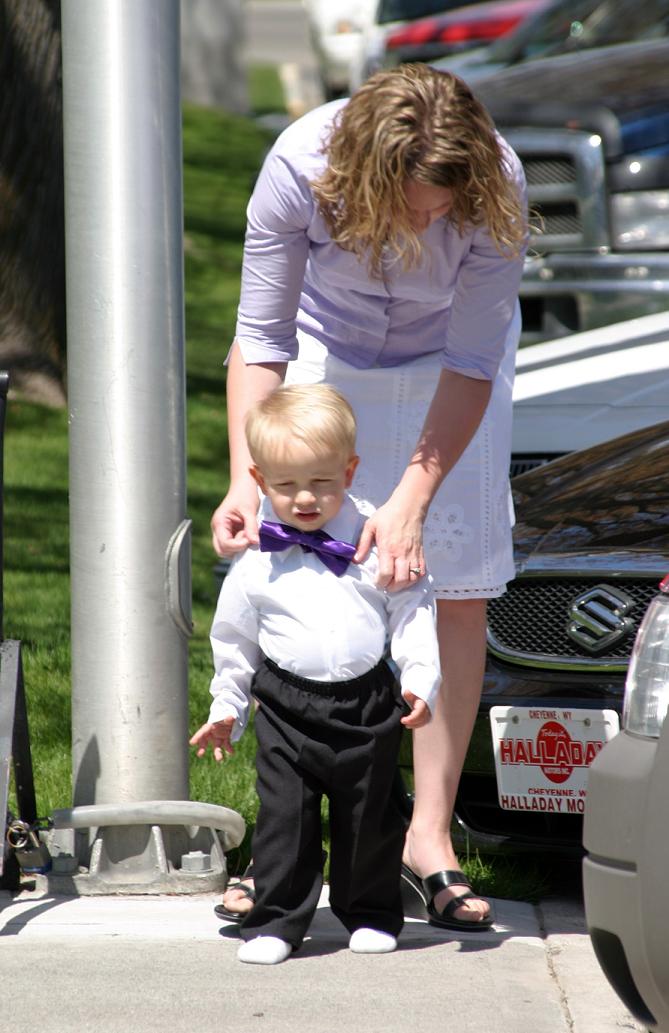
A Mormon Image: Preparing for the Wedding Reception
Photo by L-s Sus, who writes: The picture is of my wife and son and was taken at my sister’s wedding. It captures many themes that resonate with my concept of Mormon identity: Family, Motherhood, Nurturing, and Beauty. It also reminds me that we have benevolent heavenly parents who reach down and give assistance, and…
-
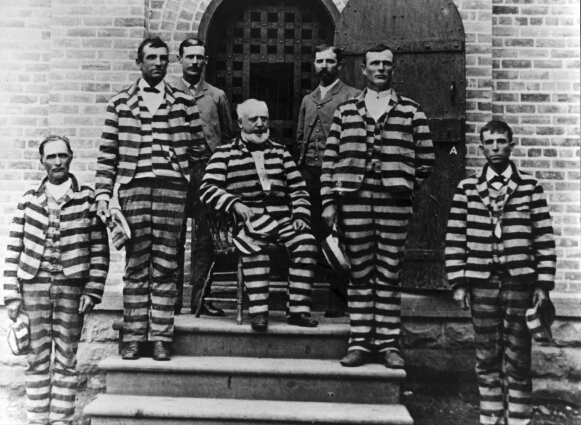
Photo Series: A Mormon Image
In an effort to increase the beauty-to-blather ratio around here, we’d like to kick off a new series of posts featuring photos and other images which carry meaning to us because they resonate with our Mormonness. And we’d like to include all of you in this project. That is, we’re inviting you all to send…
-
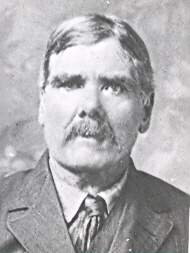
-
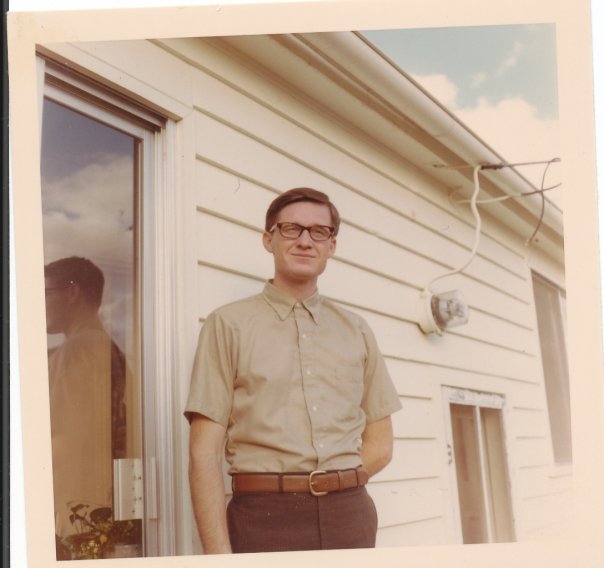
What My Father Did
A few weeks ago my father retired after spending three decades working for the Church Historical Department. I’m no doubt guilty of an excess of filial piety, but I think that the Church and Kingdom are better for the work that he did.
-
Lifestyles of the Middle Class and Boring
I figure that if Nate can go on and on and on about his garden, I might be indulged if I take you on a tour of my house.
-
Mormon Images: Office Decor and the Place of Mormonism in American History
A few weels ago I finished my stint at the public trough and left the service of the federal courts. I know work for the law firm of Sidley, Austin, Brown & Wood in Washington, DC. The identity of the firm is significant only because this is the firm (and office) where Rex E. Lee…
-
A Mormon Image: Gadfield Elm Chapel
One of the interesting factoids of church history is that for a brief period in the 1840s there were more Mormons in Great Britain than in the United States. Beginning with the mission of the Twelve to England, Mormon missionaries were very successful in Britain, especially in the so-called “potteries” region around Manchester. (Momon missionaries…
-
A Mormon Image: Joseph in the New York Review of Books
For those ever-so-hip, black-turtleneck wearing New Yorkers in our midst, I felt that I would do what I could to relieve any anxiety that you might have about the potential un-hippness of Mormonism. Hence this image of Joseph Smith, which appeared in no less an oracle of Manhattan sophistication than The New York Review of…
-
A Mormon Image: The Vault
The Granite Mountain Vault lies hidden away on the north face of Little Cottonwood Canyon in Salt Lake City. Built by the Church in the early 1960s, the Vault lies under 700 feet of stone, and was meant to withstand a nuclear blast. Contrary to the ramblings of your crazy uncle, it safeguards mainly genealogical…
-
Temple Murals Errata
In my post below, I wrongly stated that the Ghana temple was the first one to have murals. My bad. Los Angles (1956) was the last temple to have murals before the recent spat of temple building. The Winter Quarters Temple didn’t have murals, but it has very large, framed paintings in the ordinance rooms.…
-
A Mormon Image: Ghana Temple Murals
Beginning with the Saint George Temple, our temples use to include murals. Generally the endowment would progress from a creation room, to a garden room, to a world room, to a telestial room, and finally to a celestial room. From the Saint George Temple to the Los Angles Temple, the practice was to put murals…
-
A Mormon Image: Elijah Abel
Elijah Abel is generally thought to be the first black Mormon. (Click on the picture to the right for a larger image.) He was most likely born into slavery and escaped to Canada via the Underground Railroad. In 1832 he was baptized by Ezekial Roberts. In 1836 he was ordained an elder, most likely by…
-
A Mormon Image: PETA Goes After the Mormons
Vegetarians seems to be making a serious bid for Mormon converts. Check out this story and this bill board: I can only assume that they have been reading T&S. For extended commentary, including links to the Church PR Deptartment’s reaction go to A Soft Answer.
